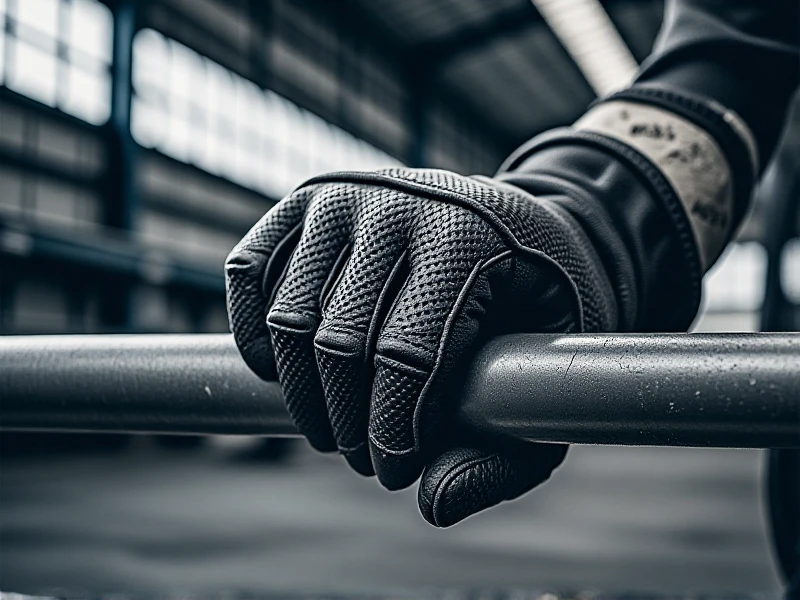The Secret to Long-Lasting Performance: How Wear-Resistant Materials Transform Your Operations

In today's demanding industrial landscape, wear-resistant materials are no longer a luxury—they're a necessity. Imagine extending the life of your equipment tenfold, reducing downtime and saving thousands in maintenance costs. That's the power of wear-resistant technology. Unlike conventional materials that degrade quickly under friction and impact, these specially engineered solutions provide unmatched durability, ensuring optimal performance even in the toughest conditions.
What Exactly Are Wear-Resistant Materials?
Wear-resistant materials refer to substances designed to withstand abrasion, erosion, and repetitive stress without crumbling. Think of them as the superheroes of construction, mining, or manufacturing sectors. Common examples include hardened steel alloys, ceramic coatings, and specialized polymers. These materials undergo treatments like heat tempering to boost their hardness and resistance. Why does this matter? In industries like heavy machinery or automotive production, constant wear leads to premature failures and expensive replacements. By opting for wear-resistant options, you essentially armor your assets against daily grind, making operations smoother and more reliable.
Top Benefits You Can't Ignore
The advantages of integrating wear-resistant components are crystal clear. First, they slash downtime dramatically. Equipment made with these materials, such as wear-resistant liners in crushers or bearings in vehicles, handles extreme loads for years without faltering. This translates to lower repair bills and enhanced productivity. Second, cost savings mount over time. A single wear-resistant part might cost slightly more upfront but pays for itself in reduced replacements—it's like investing in a long-term insurance policy for your bottom line. Plus, sustainability wins emerge: extended lifespans mean less waste and resource consumption. Picture a mining operation swapping out worn parts monthly versus annually—it's a game-changer for efficiency.
Where They Shine in Real-World Applications
From agriculture to aerospace, wear-resistant materials deliver impressive results. In the construction sector, excavator buckets coated in wear-resistant layers endure rocky terrains, doubling their service life. Agriculture sees combine harvesters with reinforced blades slicing through crops effortlessly, year after salty season. Automotive manufacturing uses these materials in engine components to boost fuel efficiency and reliability. Even consumer goods get a boost—think durable shoes with wear-resistant rubber soles that outlast competitors. As industries push for automation and resilience, solutions that resist wear become indispensable. Smart businesses now prioritize these innovations to stay competitive in volatile markets.
Choosing the Right Solution for Your Needs
Selecting the perfect wear-resistant product requires some savvy. Start by assessing your specific environment—factors like temperature extremes, chemical exposure, or impact frequency play big roles. Collaborate with suppliers who offer custom testing—look for certifications in abrasion resistance standards. Remember, a well-chosen material improves safety by minimizing equipment failures during critical operations. For instance, upgrading to high-grade wear-resistant plating can prevent costly mishaps in processing plants. Always balance cost with performance needs—invest wisely for maximum returns.
In the end, embracing wear-resistant technology isn't just about smarter operations; it's about future-proofing your business in an era of relentless wear and tear. Don't wait for breakdowns to hit—discover how these innovations can save you time and resources now. ( 456)